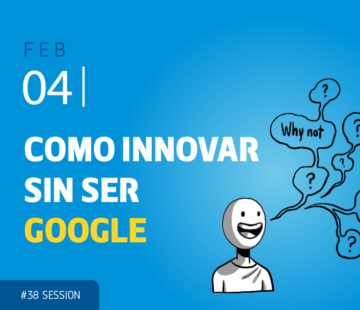Collective Impact: A framework to collaborate beyond social challenges

From Co-Society we can never stress enough that collaboration and co-innovation is not just a question of willingness. A proper framework and methodology are also key factors for success. As the idea of “coopetition” started to take root in managerial environments, several collaboration frameworks and methods have been tried putting in place. Probably few of them if any became so rapidly popular and inspired so many projects and enthusiastic followers as the one coined as “Collective Impact”.
An original article describing Collective Impact was published in 2011 in the Stanford Social Innovation Review. Written by John Kania and Mark Kramer of FSG Consulting, this piece and a few follow up articles explained how a much greater progress could be achieved in relation with increasingly complex social and environment problems if all different players involved in finding solutions (from governments and business to nonprofits and public in general) were brought together around a common agenda. The framework described was quickly adopted by many foundations and government agencies as a new approach to community coalition building and collaboration. Six years after that first article was published, many social organizations are now declaring they are using a “Collective Impact” approach.
Why not business challenges
Collective Impact initiatives have been employed in a wide diversity of social issues and challenges including areas such healthcare, youth, education, homelessness or poverty. But we don’t see why not their principles could be also applied as well to collaboration between companies and organizations without a social goal but a business one.
Collective Impact is described as “a structured and disciplined approach to bring cross-sector organizations together to focus on a common agenda that results in long-lasting change”. The concept of “collective impact” was used in contrast to the “isolated impact” that organizations achieve when working primarily alone, acknowledging that most organizations lack the ability to solve (social) problems, especially in a context of increasing complexity. In summary, Collective Impact framework highlights how large-scale (social) change requires broad cross-sector coordination.
Sounds familiar? That’s because the exact same words could be applied to not just social challenges but also to current market and business challenges companies are facing today. By applying Collective Impact framework companies can leverage the experience of dozens of initiatives and organizations already involving cross-sector coalitions in order to make meaningful and sustainable progress on social issues.
Five ingredients to apply
The original piece at Stanford Social Innovation Review and follow up articles distilled five key ingredients of successful community efforts that shaped the framework used in so many social initiatives so far. Going over them with business eyes and mindset would confirm if these ingredients or conditions can also be applied out of a social challenge too.
1. Common Agenda: All participants in a collective effort need to be on the same page. When different players are facing together a problem or challenge, it is critical to share a common understanding of this challenge. It is necessary to clearly define the vision, define the goals that want to be achieved and create common grounds before attempting to address these goals.
2. Shared Measurement: Measurement is key to guide effectiveness and track progress. Without agreeing on what success means to the collective team is difficult to enable collaboration and catalyze action. It is necessary to agree and manage common indicators used by every player or part involved in the project.
3. Mutually Reinforcing Activities: It is necessary to develop a plan of action that outlines and coordinates mutually reinforcing activities for each participant. This will identify ways to work together better and capitalize on individual talents. For this plan of action to be efficient, it is worth first to invest time in understanding the different ways each participant contributes to the common effort.
4. Continuous communication: Communication between all players should be frequent and structured. Proper and fluent communication is a key factor to build trust and assure all goals are mutual and keeps being mutual as the project develops. A good and continuous interaction can also act creating a common motivator. It is important to set up a structured communication plan that can include all kinds of interactions formal and informal and use different tools available.
5. Backbone support: all multiplayer initiative needs a group of people maintaining ongoing support for the project strategy, activities and shared measurements. This “backbone staff” can take different forms, but effective leadership will always play a key role in the project success.
